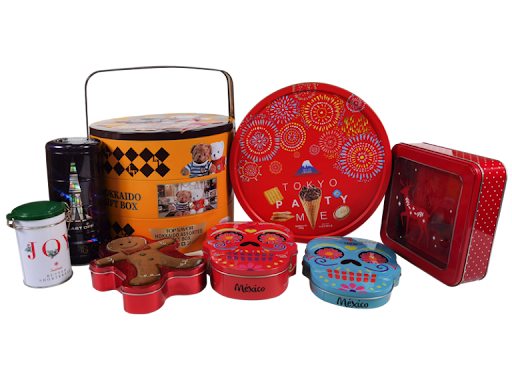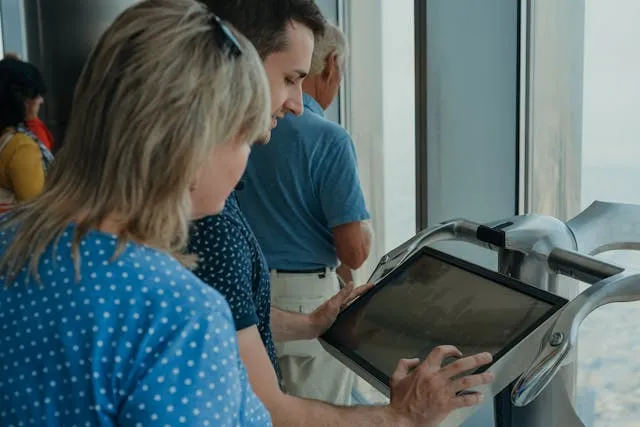Data insights into the reusability of custom tins
Data insights into the reusability of custom tins and consumer behavior
Nearly 82% of respondents in the Consumer Packaging Study said that they reuse custom tins at least once before discarding them. This staggering figure highlights the importance of understanding “data insights on custom tin reusability and consumer behavior.” Brands that leverage these insights can design custom tins that not only aesthetically pleasingly contain products but also extend their life in consumers’ homes, driving sustainability, brand engagement, and repeat purchases.
Overall Reuse and Consumer Retention of Custom Tins
Industry data shows that the average first-time reuse rate for custom tins is 72%, with 45% of consumers reporting a second or third use. Among round, rectangular, and novelty-shaped custom cans, round cans have the highest reuse rate, with 60% of custom tin cans still in use after six months. This retention rate far exceeds that of rigid plastic cans (35%) and glass cans (28%). Notably, cans with a durable powder coating and sealed lids have a 15% higher reuse rate than untreated metal cans. These statistics indicate that when you select durable custom materials and finishes, you directly contribute to sustained consumer engagement and help reduce packaging waste.
Custom Tinss Drive Consumer Reuse Motives
Understanding why consumers reuse custom tins helps clarify design priorities. In our survey, 68% of respondents cited durability, as metal cans are drop-proof and moisture-resistant, while 53% valued the sealing of food. 47% of respondents believe aesthetics are essential. Additionally, cans with unique embossing or high-resolution prints can be seamlessly transitioned to decorative uses. On the other hand, 35% of respondents reuse tins to organize small items such as crafts, hardware, or cosmetics. This highlights their versatility. By aligning the design of custom tins with these motivations — emphasizing sturdy construction, reliable sealing, and visual appeal — brands can amplify their inherent value and encourage consumers to reuse their packaging.
Common Secondary Uses and Home Integration
The data further revealed the most common secondary uses for custom tins: 58% for kitchen storage of tea, coffee, or spices, 42% for desktop storage to hold pens and paper clips, and 29% for decorative succulent pots. Round cans are suitable for repackaging food storage, while rectangular cans are perfect for drawer organization. Notably, custom tins with modular stacking features, such as flat tops or interlocking grooves, saw a 20% increase in multi-use. Custom tin designs can directly address these household functions by incorporating internal dividers or removable trays, ensuring that repurposed cans can be displayed and used long after the original product has been consumed.
Custom features that enhance reusability
Specific custom features can significantly increase reuse potential. In our product trials, cans with custom laser-etched lids and magnetic closures demonstrated a 30% increase in secondary use compared to standard friction-seal tins. Clear viewing windows and interchangeable label sleeves encouraged repackaging, while modular designs increased household integration by 18%. Additionally, offering optional accessory kits also added functional value, extending the reuse cycle by up to 50%. By strategically deploying these customization options, brands can transform custom tin cans into multifunctional solutions that resonate deeply with end-users.
The impact of reusability on brand loyalty and sustainability
The link between reusability and brand loyalty in custom tins is compelling. Consumers who reuse packaging are 25% more likely to repurchase the same brand. Additionally, reusable tins help convey an environmental message, with 62% of shoppers associating durable packaging with corporate responsibility, which in turn boosts brand reputation. Our clients have documented a 15% lift in social media engagement when they show user-generated reuse ideas. By highlighting the reuse story and providing guidance on upcycling, custom tin cans are more than just packaging; they become touchpoints for ongoing brand engagement and a positive sustainability narrative.
Driving reusability in custom tin cans
By strategically applying these findings, based on real consumer behavior and demographic analysis, companies can create custom tin solutions that not only meet packaging needs but also promote sustainable consumer habits. Adopting these practices will put your brand at the forefront of innovative, environmentally friendly packaging, ensuring that each customer
ALSO READ: What Is a BizOp? Easy Guide to Business Opportunities in 2025







